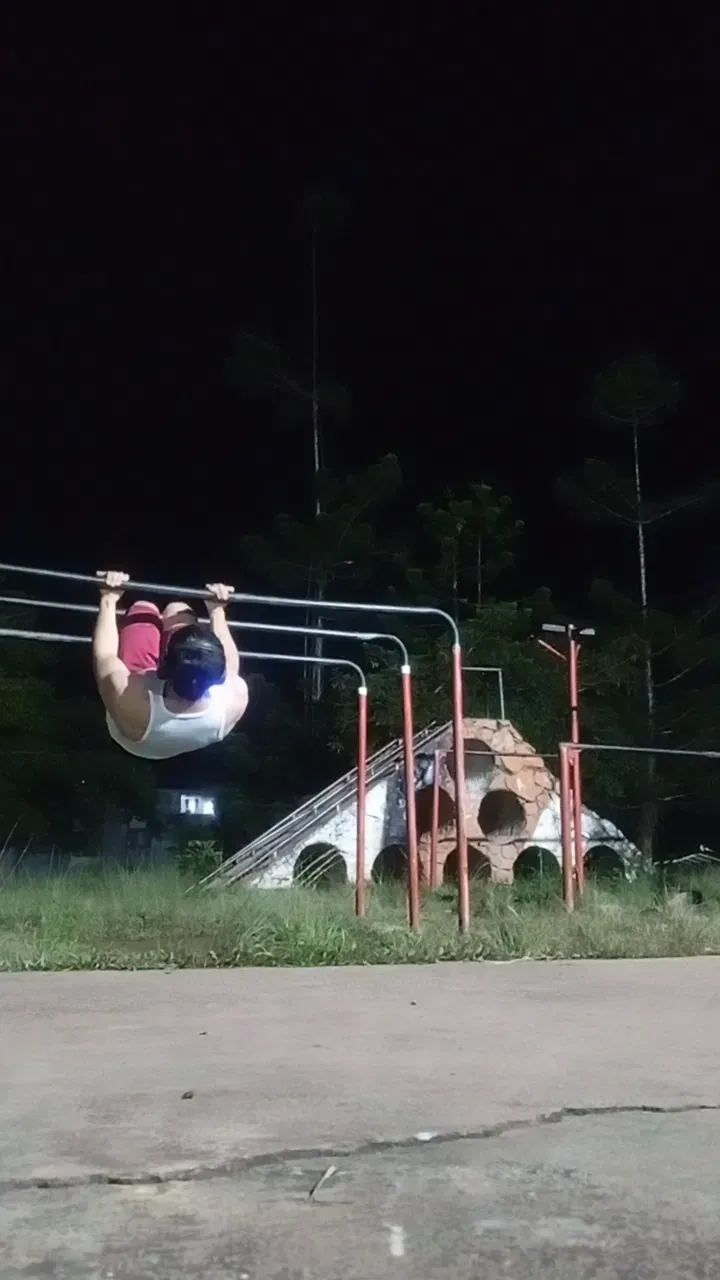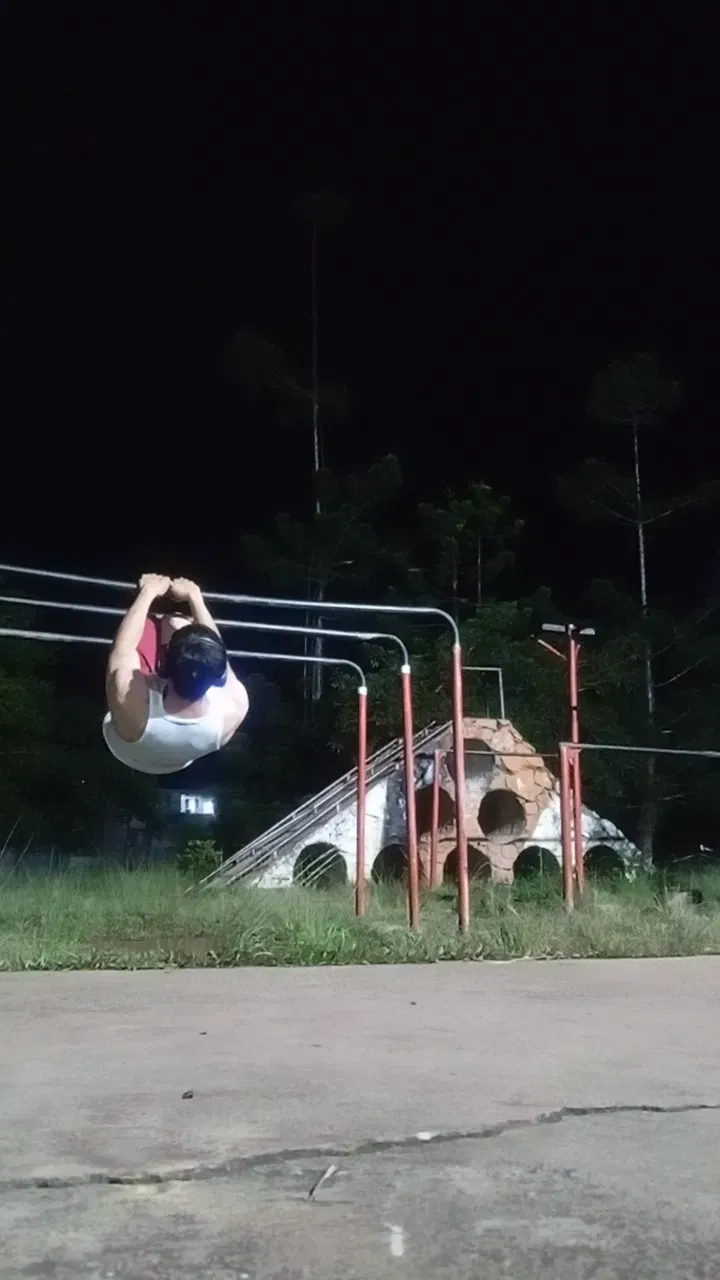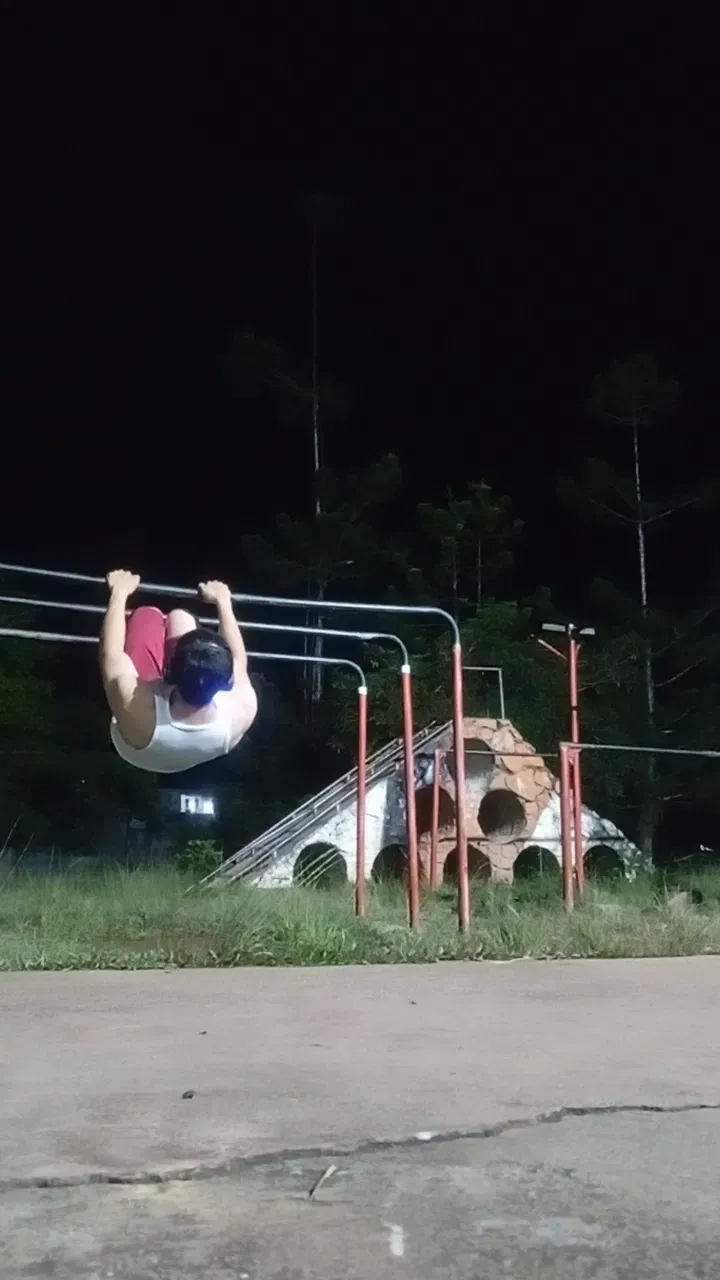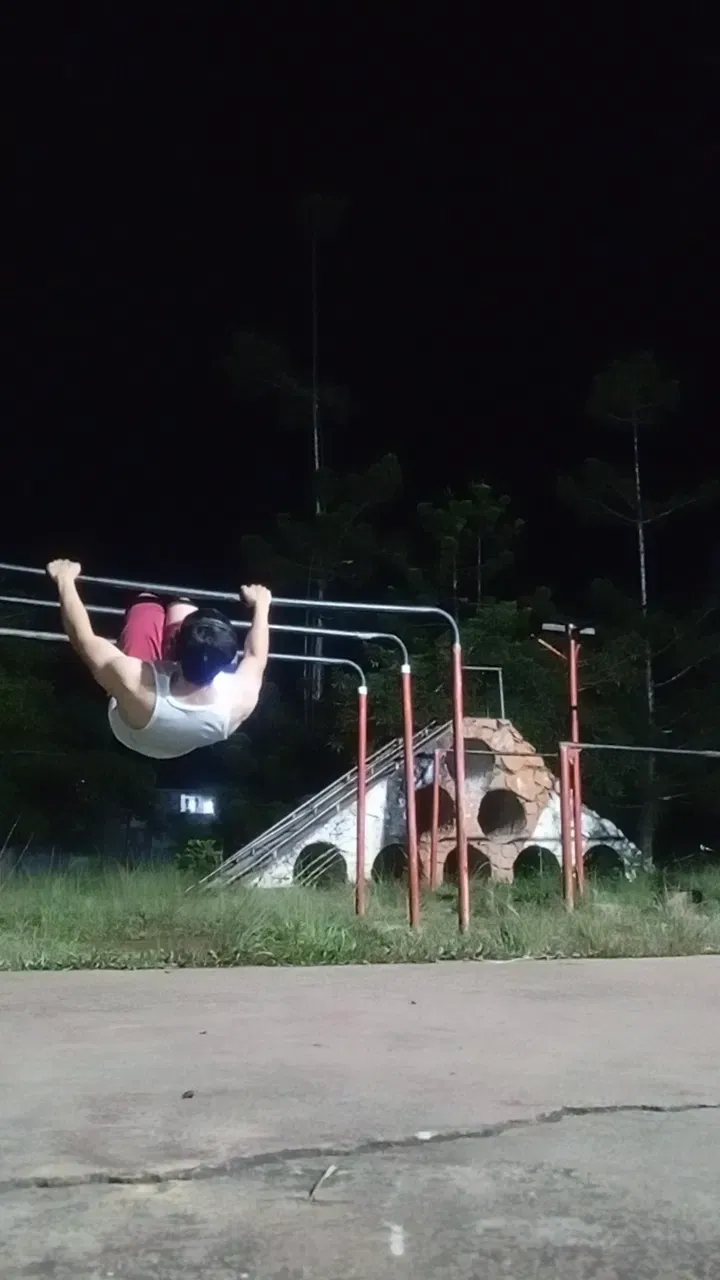




Explicando las tuck front lever
Explaining the tuck front lever
Un cordial saludo a la gran comunidad de #hive y a todas las personas que ven normalmente todas mis publicaciones. Hoy vengo a comentarles un poco sobre todas las variaciones que existen o las más importantes, las cuales son bastante importantes para el aumento de nivel en la calistenia. Estas variaciones de tuck son muy esenciales, así que las voy a explicar con detalle en este post.
A warm greeting to the great #hive community and to all the people who regularly read my posts. Today I'm here to tell you a little about all the variations that exist, or the most important ones, which are quite crucial for increasing your level in calisthenics. These tuck variations are very essential, so I'll explain them in detail in this post.

Realmente existen bastantes variaciones de la front lever tuck, las cuales son bastante esenciales y cada una es o más difícil o más fácil que la anterior. Así que empezaría con la más fácil, que vendría siendo la de agarre cerrado; esto normalmente es más sencillo por el simple hecho de que te ayudas con más músculos y, por ende, se hace un poco más sencillo el poder trabajar el aguante de una manera bastante efectiva. Ya el segundo que les puedo comentar vendría siendo el agarre normal, el cual trabaja lo necesario para poder tener un buen desarrollo de los dorsales. Y el tercer agarre, el cual es uno de los más difíciles, vendría siendo el agarre abierto, ya que normalmente exige muchísimo más que los otros agarres por la amplitud.
There are actually quite a few variations of the front lever tuck, all of which are quite essential, and each one is either more difficult or easier than the previous one. So I'd start with the easiest, which would be the close grip. This is usually easier simply because you're using more muscles, and therefore, it's a little easier to work on endurance quite effectively. The second thing I can tell you about would be the normal grip, which works the necessary amount of work for good lat development. And the third grip, which is one of the most difficult, would be the wide grip, as it usually demands much more than the other grips due to its width.

De estos también existe una variante mucho más complicada, las cuales vendrían siendo estos agarres, pero supinos, ya que involucra mucho más el bíceps y, por ende, se vuelve muchísimo más difícil conforme se vaya avanzando. Estos agarres son importantes tener en cuenta, ya que normalmente el dominar estos te asegura que en un futuro puedas añadirlos al front lever. Así que esta sería la pequeña explicación de hoy. Espero que les haya gustado mucho y nos vemos en el siguiente post.
There's also a much more complicated variation of these grips, which are these, but supinated, since they involve much more of the biceps and, therefore, become much more difficult as you progress. These grips are important to keep in mind, as mastering them usually ensures that you can add them to the front lever in the future. So that's today's brief explanation. I hope you enjoyed it, and I'll see you in the next post.



Imágenes y Separadores
